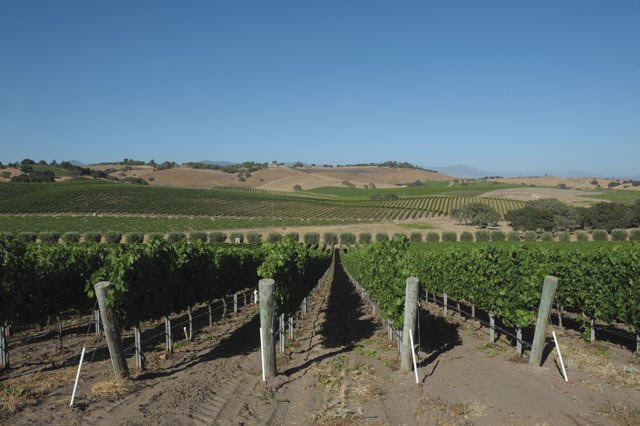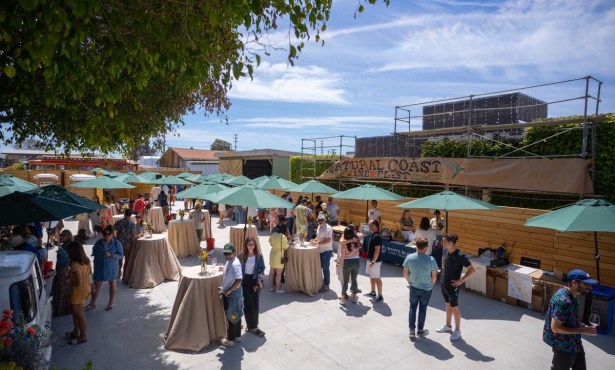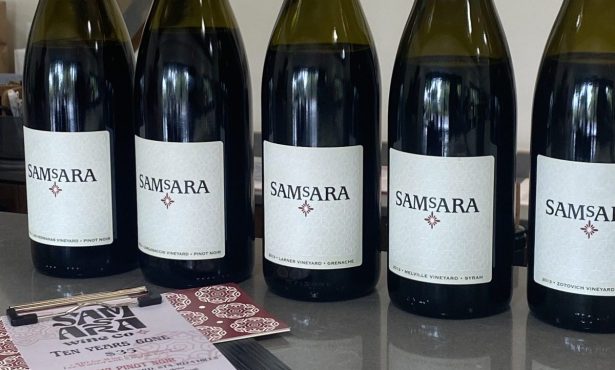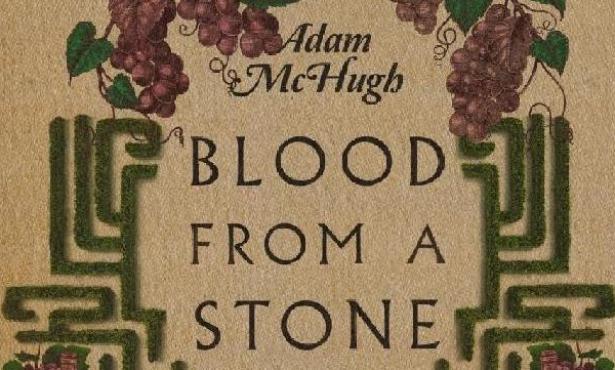Santa Barbara Wine Country Ordinance Shot Down
Supervisors Effectively Deny Updated Rules After Five Years of Planning

Despite five years of planning work and dozens of meetings, the controversial update to Santa Barbara County’s winery ordinance update was killed on Tuesday, when the Board of Supervisors voted 4-1 to effectively deny the new set of rules. While the wine industry applauded the denial, those wine country residents who believed the new rules would protect their rural quality of life were left with nothing.
“It just reinforces our argument that the proposed ordinance, as written, had too many issues that remained unanswered,” said Morgen McLaughlin, executive director of the Santa Barbara County Vintners Association. “But because the supervisors didn’t approve it, we know that we have to do a better job of building bridges with neighbors, better understanding neighborhood concerns, and educating the general public on what is agriculture.”
McLaughlin admitted to being in shock after the vote, for the move was almost entirely unexpected by all parties. Many figured that the ordinance might squeak by on a split vote if it incorporated some of the revisions requested by the Santa Barbara County Vintners Association. Others thought that the board might bow to the vintners’ request to form a new task force.
Surprise Vote, but Future Uncertain
Few figured that the supervisors would simply shoot down the new ordinance, especially after so much time being worked out and more than $500,000 in cost. The vote came at the end of a nearly three-hour hearing, which included testimony from 56 speakers; of those, only five spoke in favor of the ordinance, with the vast majority of opponents, from pioneers like Richard Sanford to younger generations like Chad Melville and Keith Saarloos, claiming that the rules would make it even harder to succeed in an already difficult industry.
The sole nay vote came from outgoing Supervisor Doreen Farr, whose district includes the Santa Ynez Valley, where conflicts between wineries and their neighbors led to the ordinance update process. “I think that this proposed ordinance is good,” said Farr, who listed the vast number of meetings and many organizations that had input during the process. “It is a good balance between the needs of the community and the needs of the industry.” But she offered to include a few of the vintners’ desired revisions as well, including larger tasting rooms for smaller operations, more winemaker dinners, and a delayed implementation, among other changes.
That revised ordinance received initial support from 2nd District Supervisor Janet Wolf, but not 1st District Supervisor (and Congressmember-elect) Salud Carbajal. Noting the anger and frustration of the vast majority of public speakers, Carbajal said that it did not seem that “trust and confidence and common ground” had been been achieved. “It just doesn’t seem like our ordinance is ready for prime time,” said Carbajal. “Government doesn’t always get it right.”
Meanwhile, 5th District Supervisor Steve Lavagnino and 4th District Supervisor Peter Adam were both clearly against the ordinance as written, though the former was happy to move forward with a task force. When it came time to vote, Wolf voted with the majority to take no action, which effectively killed the controversial rules.
Future supervisors may be able to resurrect the revised ordinance if they so desire, but the current ordinance remains the law of the land until then.
“Right now, we’re taking a deep breath,” said McLaughlin. “But we know we have a lot of work to do in 2017.”
Related Stories
New Winery Rules Still in Limbo
Winery Ordinance Reality Check
Updated Winery Ordinance Approved
Santa Barbara Vintners’ $17 Billion Argument
Vintners Dominate Subdued Winery Ordinance Hearing
Debate Continues on Santa Barbara County’s Proposed Winery Ordinance



